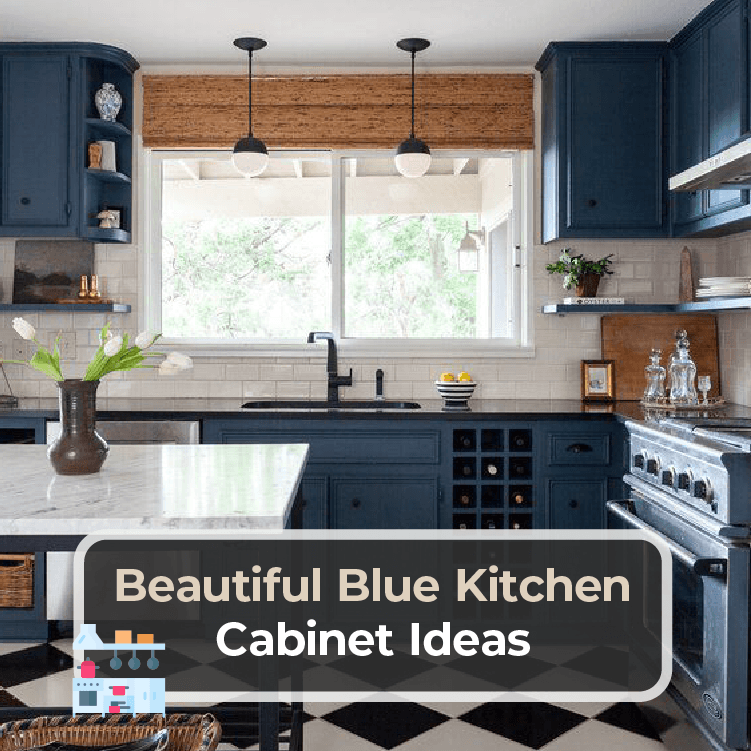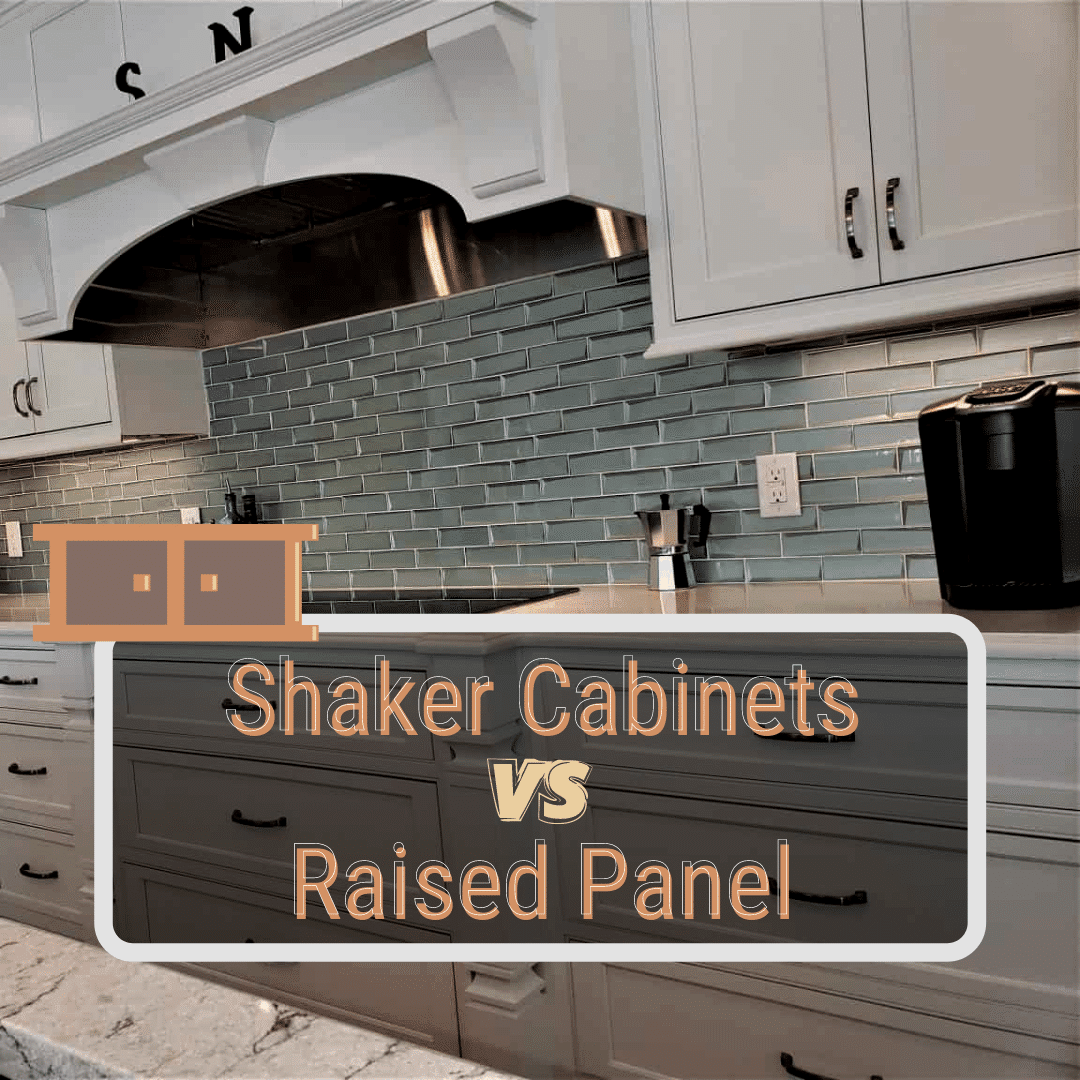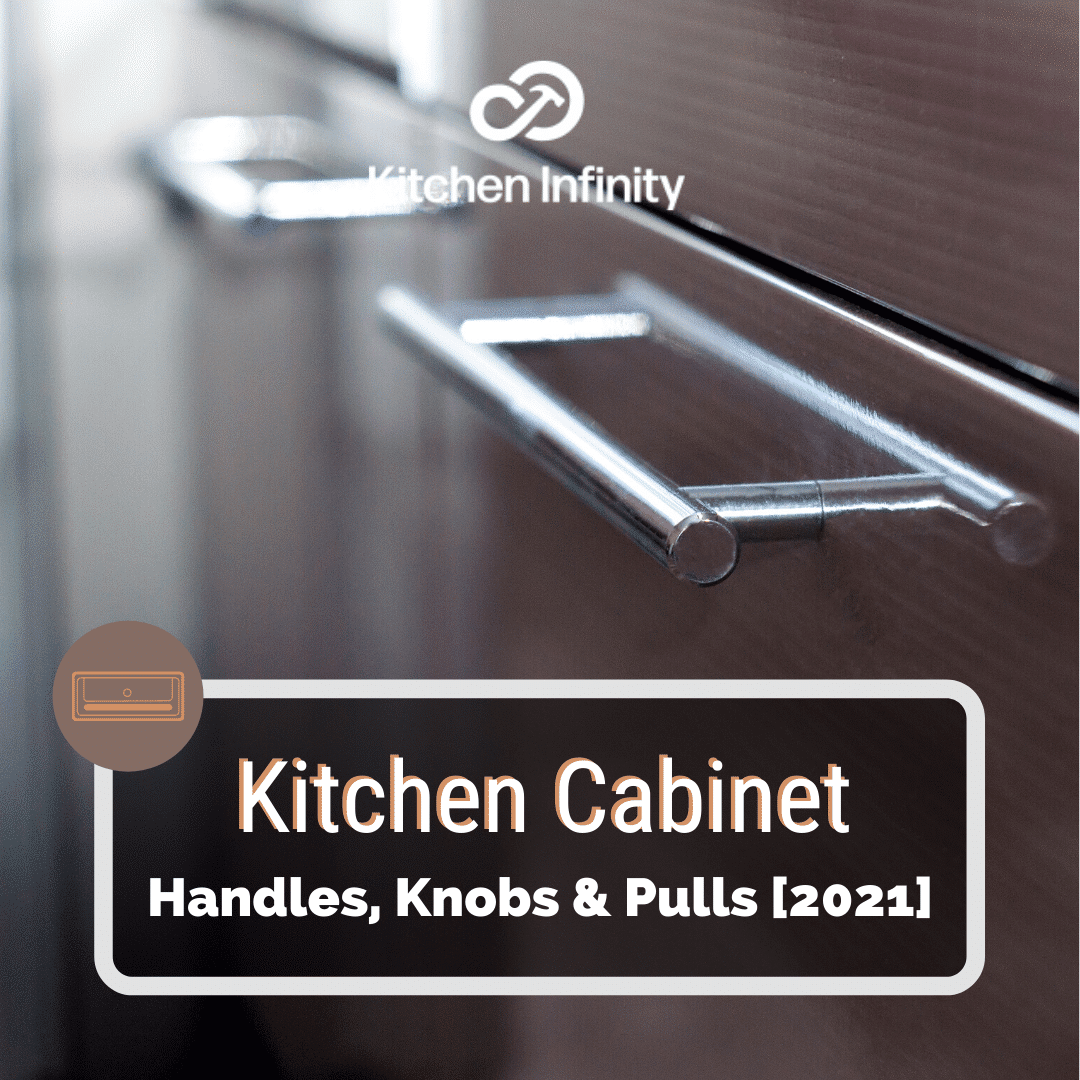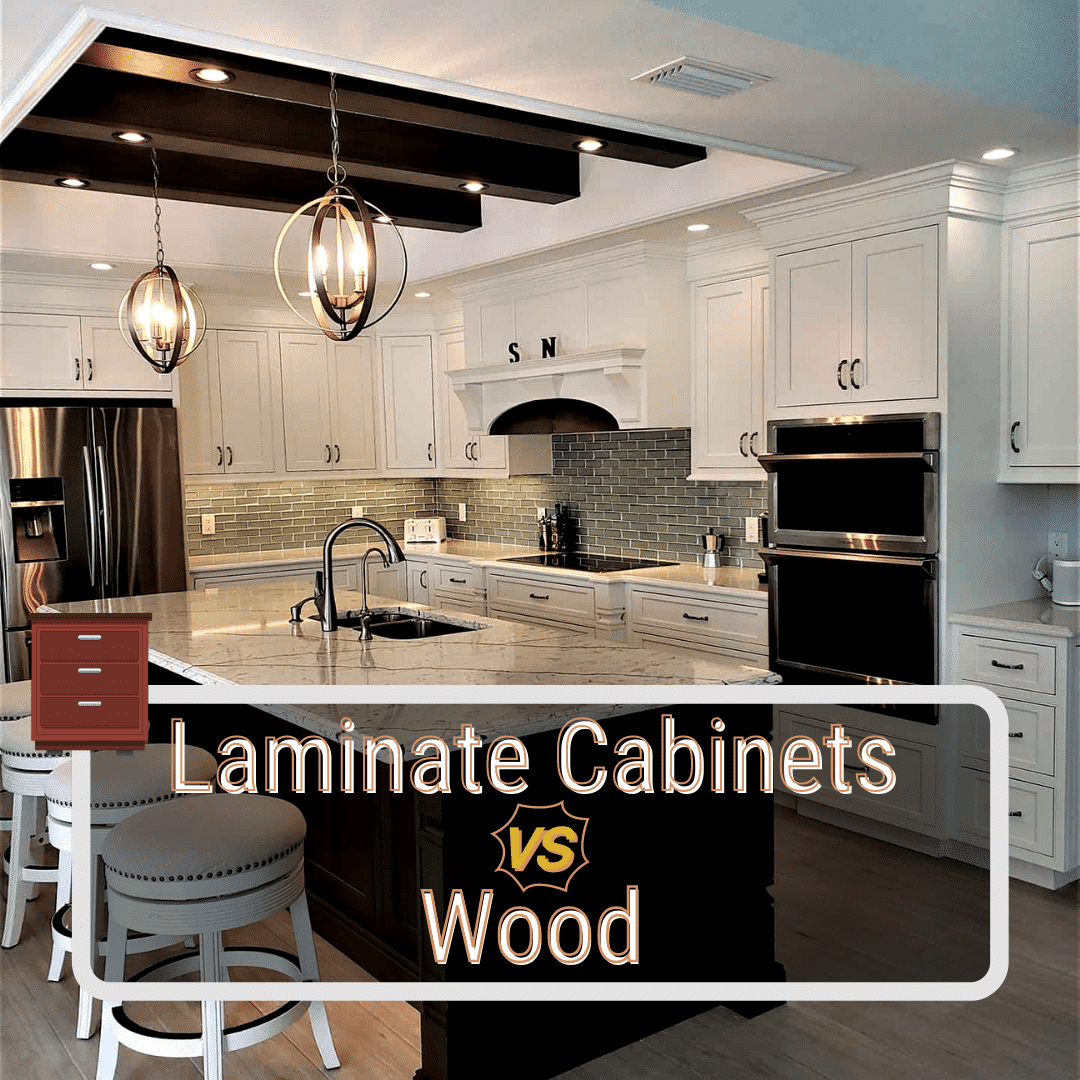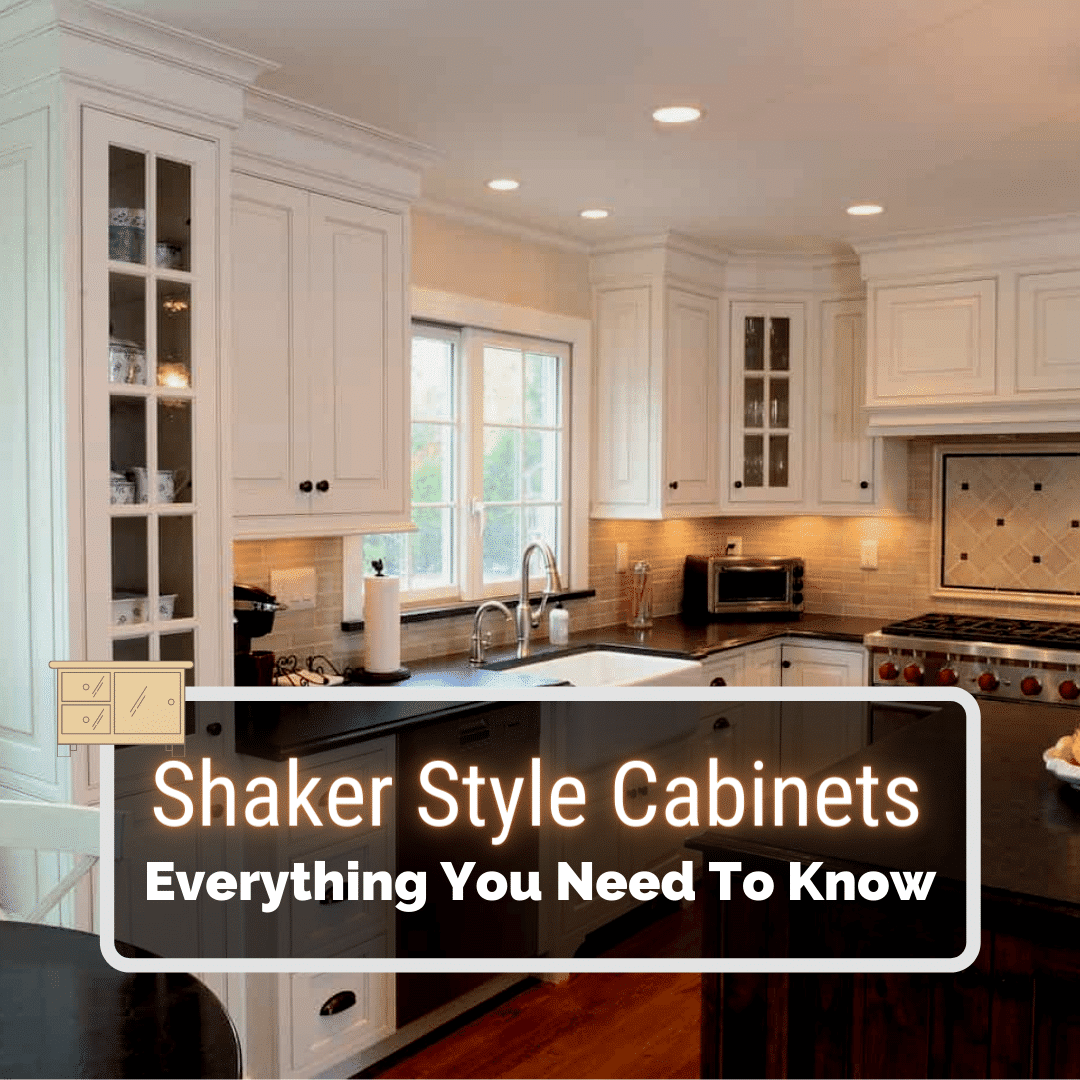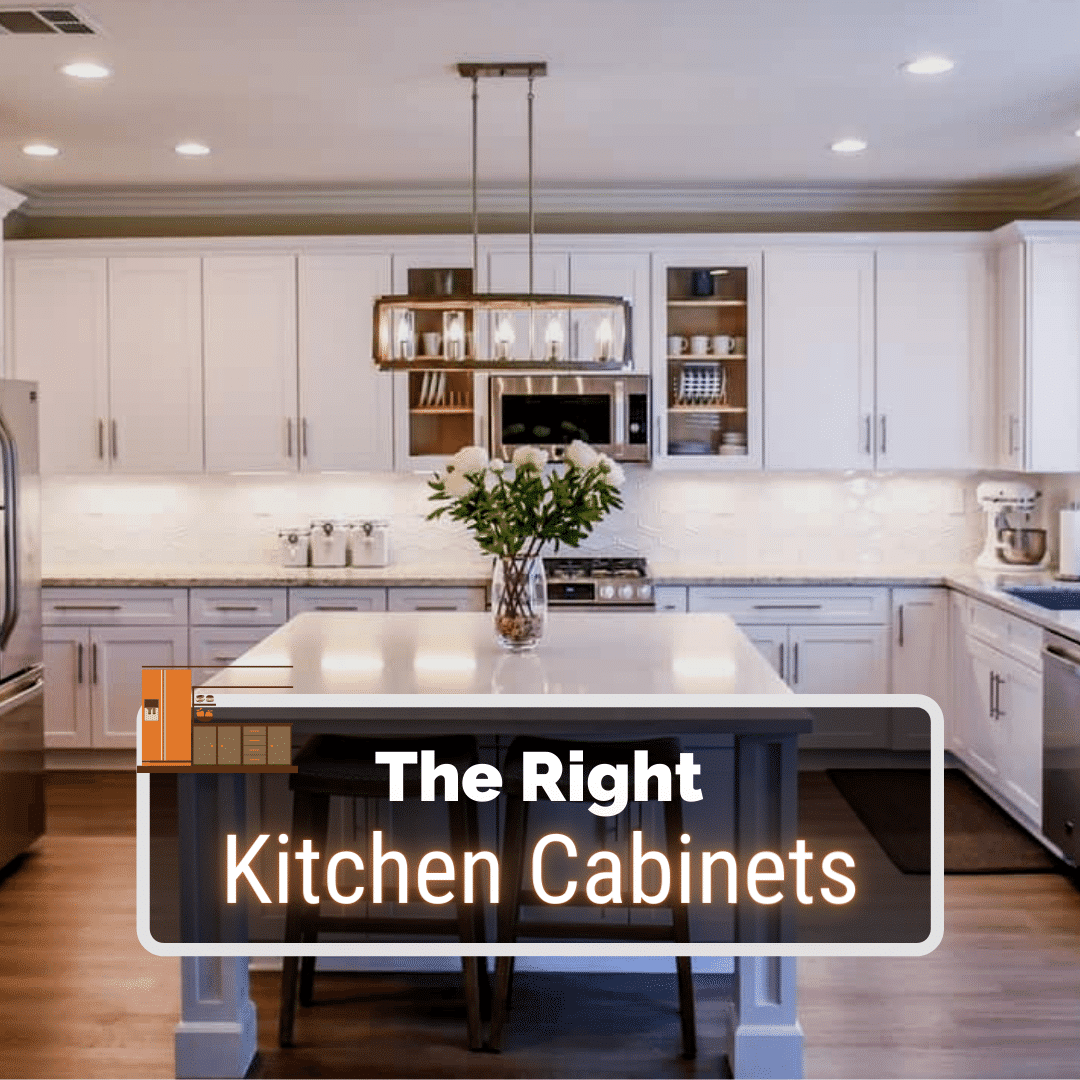When you’re designing the layout of your new dream kitchen, it is important to plan so that you can maximize storage space without making it hard on yourself when preparing meals.
This article explains some general guidelines for standard cabinet sizes in kitchens around the country as well as tips on maximizing storage space.
Let's dive deep into the topic.
What is the standard size of a kitchen cabinet?
Kitchen cabinets are a key part of any kitchen design, but they can be difficult to plan for.
There are many different sizes and styles of cabinets available on the market today, which makes it hard to know what will work best in your space. Also, what works for the average home in your area may not work in your new space.
Your measurements may vary a bit from these numbers depending on many factors, including:
- The size of your home (and therefore its kitchen)
- How much wall storage space you need
- How much floor storage space you need Whether or not there is an island and how large it is
- What appliances you want to include in your design If you have any restrictions (i.e., working with a tight corner)
Cabinet sizing guidelines
While there is no set rule of thumb to follow when planning your kitchen layout, there are some simple measuring guidelines you can start with before shopping for cabinets.
Keep in mind that these measurements are based on standard cabinet sizes in kitchens across the country.

Cabinet widths and heights
Kitchen cabinets come in various sizes, but they generally measure between 24″ to 32″ for the width (measured side-to-side) and around 72″ high.
That being said, there are many different cabinet styles with a wide variety of measurements, so you can't trust that any given size will fit your home without measuring it yourself.
Types of standard kitchen cabinet sizes
The key is knowing what size cabinet will fit where and understanding how much countertop space you need for each area. For that you need to consider your kitchen size too. There are three main types of kitchen cabinets:
- wall-mounted
- base or legs
- built-in or custom cabinetry.
Each type of cabinet has its own unique set of sizing guidelines.
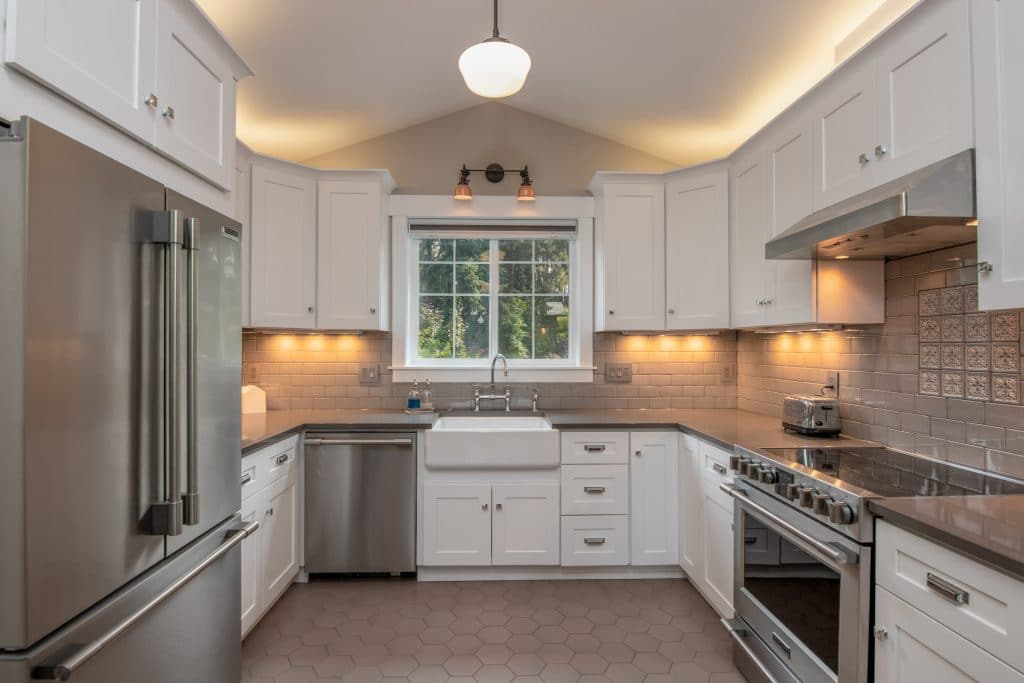
Wall-mounted cabinets
The most popular kitchen storage style is wall-mounted cabinets because it takes up the least amount of floor space, which is so important in a cramped kitchen.
Wall-mounted cabinet sizes
- Width: 24″-32″
- Height: 72″ (or taller if you want to include crown molding or an arched top)
- Depth: 16″-24″
Depending on the style and your individual needs, wall-mounted cabinets can be installed 30″, 36″, 42″, 48″, or higher.
While these measurements sound like a lot of room for storing pots and pans, keep in mind that there are often different depths available depending on your needs. For example, if you have a lot of utensils stored on open shelves, you may prefer deeper cabinets with drawers rather than shallower ones with doors.
Also, remember that it may be better to install two cabinets instead of one wide one to avoid dead space without a shelf.
Base or legs cabinets
Base cabinets are the most popular style of cabinetry because they provide convenient storage for everyday items as well as a place to stage table settings and serve food.
Right-size your base cabinets by measuring their height, width, and depth based on these standards:
- Width: 20″-24″
- Height: 72″
- Depth (i.e., from the front edge to back): 15″-24″
The depth can vary greatly depending on what you choose to store inside it—and if you want room for doors to open outwards or inwards.
If you have a large family that needs more space to store serving dishes and prep containers, go with a deeper base cabinet.
Custom cabinets
Custom cabinetry is the most expensive choice for kitchen storage.
If you're planning a full renovation, custom cabinets may be worth it because they allow you to make your dream kitchen come to life.
Cabinet door styles
Wall-mounted cabinets can have one or two doors, and base cabinets may have either two doors or a mixture of open shelves and drawers.
Doors are typically around 30″-36″ tall with three hinges on the right side (when facing it), but this measurement can vary depending on what style you choose—whether it's an island door, a French, or a filled cabinet door, etc.
For example, an island door is taller at 48″, whereas a French door is 36″. Base cabinets tend to be 24″ deep with just one set of doors but some designs include drawers that extend to the back for extra storage space.
Take into account the door handles to fit the cabinet style as well!
How high should kitchen cabinets be from the countertop?
While the height of your cabinets must be customized to fit your needs, there are some general guidelines.
The standard height for kitchen base cabinets installed over a countertop is 36″ but they can be made taller or shorter as needed. This measurement is based on the fact that most people are comfortable reaching up about 34″-36″ from the floor, but there's no harm in choosing 42″ if you have tall friends who would prefer that.
Also, keep in mind that the overall look will change depending on how high or low you mount them—taller ones create a more formal appearance while lower ones give off a more casual vibe.
The height for wall-mounted cabinets should align with your wall to avoid any awkward gaps. This means that the bottom of your cabinets should be between 46″-51″ from the floor, depending on how high your countertops are.
Taller kitchen setups require taller walls for balance (i.e., a tall cabinet next to a tall wall), while shorter layouts can look more laid-back with lower walls and longer cabinets in the background.
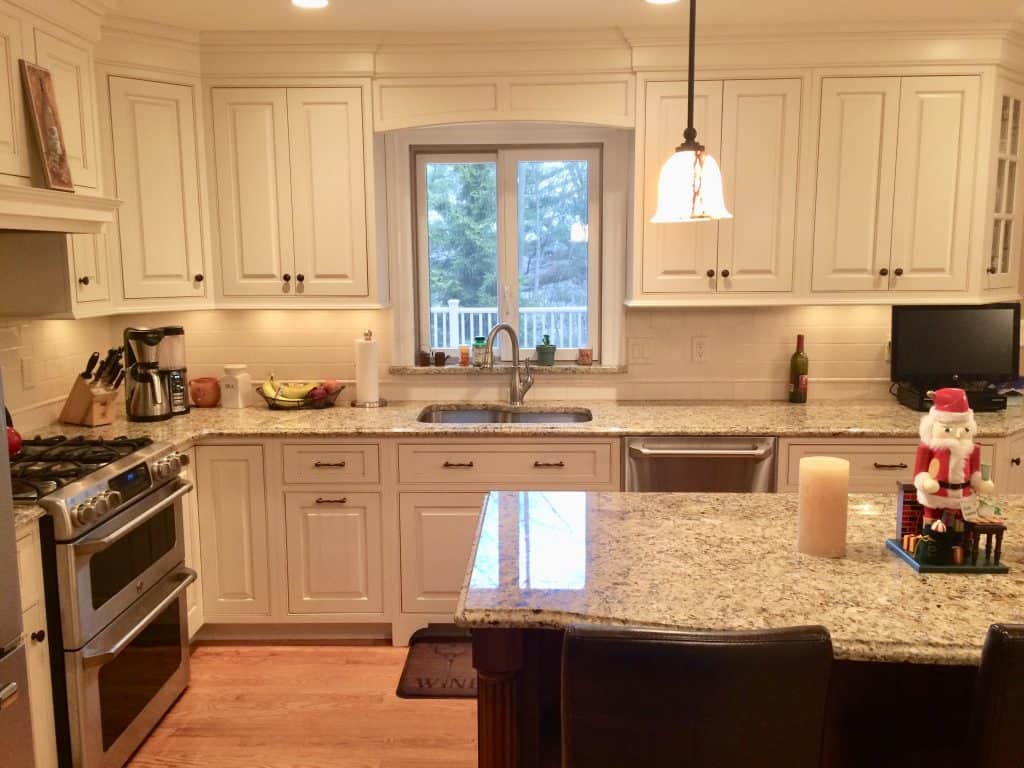
How much space do you need between the island and cabinets?
If you're planning an island in the center of your kitchen, it should be between 24″ and 36″ away from the nearest base cabinets. If you go with a wider or longer island that creates large gaps on either side, it can make the room feel larger and help to divide up space for multiple cooks working at different stations.
Final thoughts on Kitchen Cabinet Dimensions
In conclusion, this article provided guidelines for cabinet dimensions and tips on maximizing storage space.
These recommendations may change depending on your style, but keep in mind that the key to a functional kitchen is to make sure the cabinets (and everything else) fit you and your family's needs.



